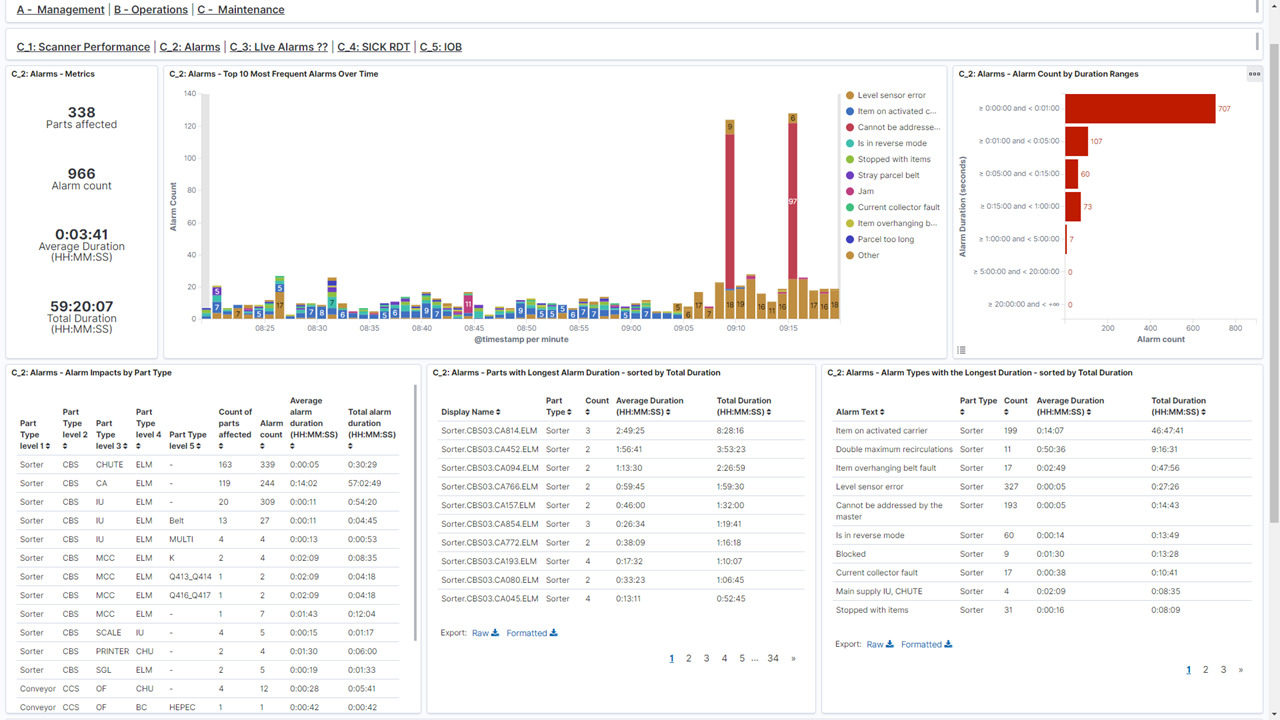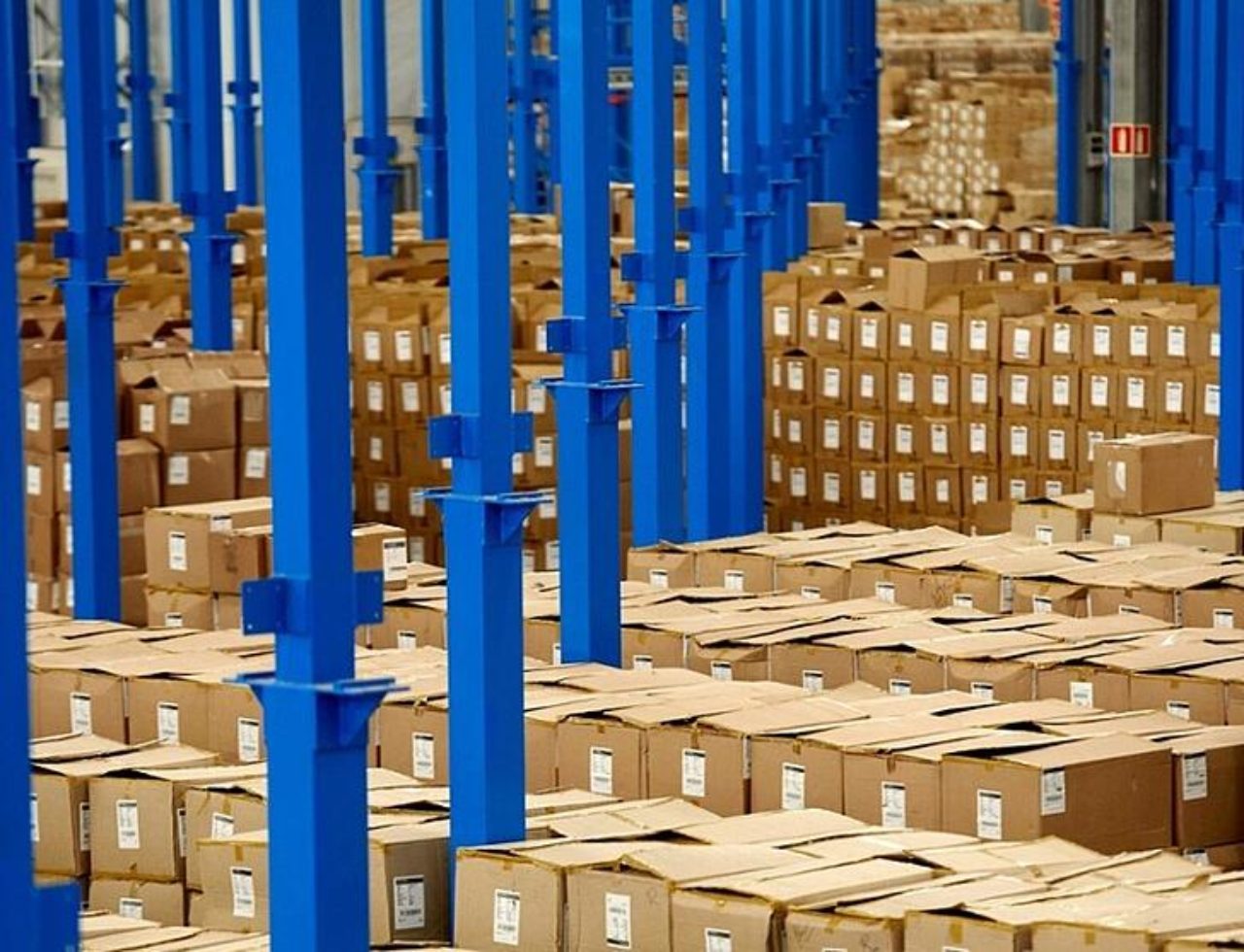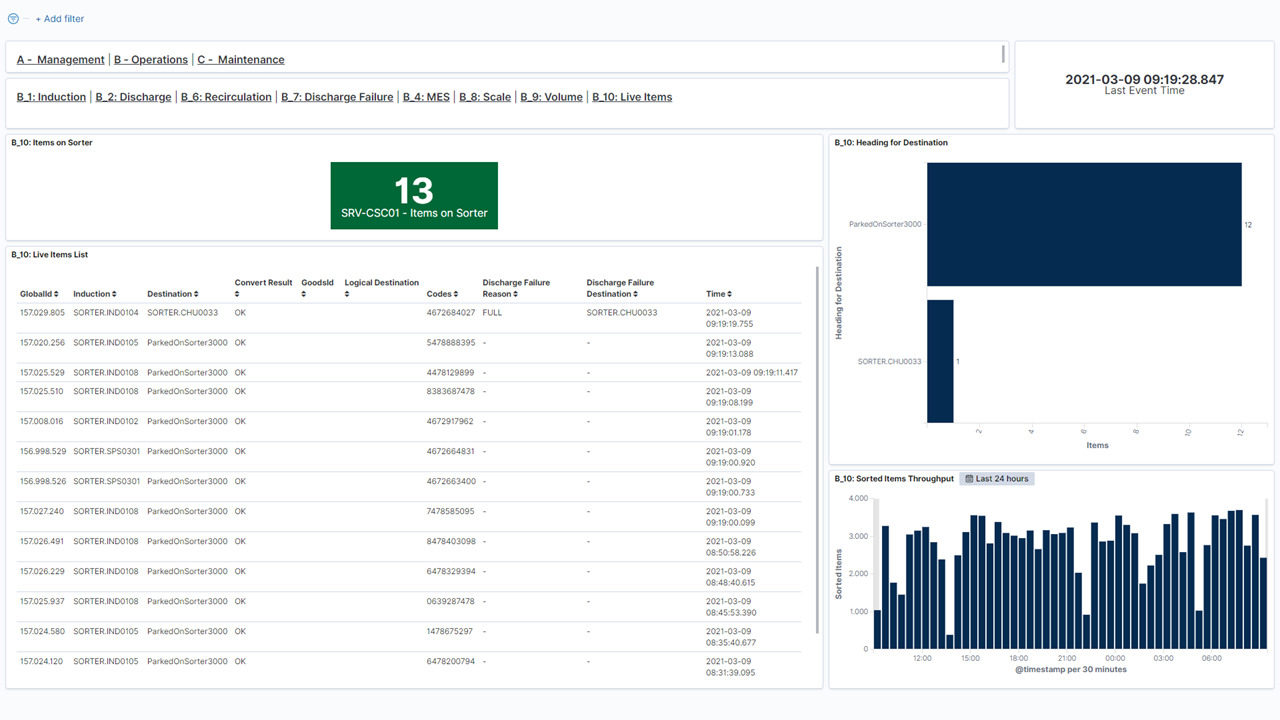By Sebastian Tietze
In this article we take a look at how data analytics can provide insights into the causes of these types of problems that can be used to make practical differences to everyday fashion warehouse operations.
Why focus on data analytics?
In today’s complex fashion logistics, facilities are under pressure to optimise their processes for greater efficiency and uninterrupted performance.
At the same time, they are dealing with the complexities of omnichannel sales, seasonal demand fluctuations, returns, overstocking and labour-intensive processes of unloading, picking and packing.
Fortunately, most facilities are collecting enormous amounts of information from their equipment and operators. By understanding and working with this data, they have extremely valuable tools at their fingertips to make better-informed decisions and improve the performance of their fulfilment centres. They can gain invaluable insights into what’s happening at their facilities, why it’s happening and how to respond for the future.
How data analytics enable data-driven asset and operations management
Fulfilment facilities tend to be concerned with one of two subjects in their day-to-day operations:
- Equipment: How well the system is operating
- Operations: How efficiently orders are processed
On the technical, or mechanical, side of the facility, data analytics can provide insights into component failures or threat of failures, breakdowns and replacements. On the operations side, data analytics assists with stock and resources monitoring, and overall operational capacity.
Data analytics give fashion fulfilment facilities the unique opportunity to improve operational efficiency without having to make drastic changes to their systems: they can enhance performance simply by basing their operations and maintenance on data.
1. How data analytics assist maintenance efforts
By collecting and analysing their data, over time asset managers will start seeing trends that can inform them with accuracy about the wear and tear of their components.
This is important as the lifecycle of any component will be impacted by operational and environmental conditions and these will differ from facility to facility. But with data analytics, managers will be able to determine with greater certainty when individual components need to be replaced and whether they can increase their maintenance cycles.

















